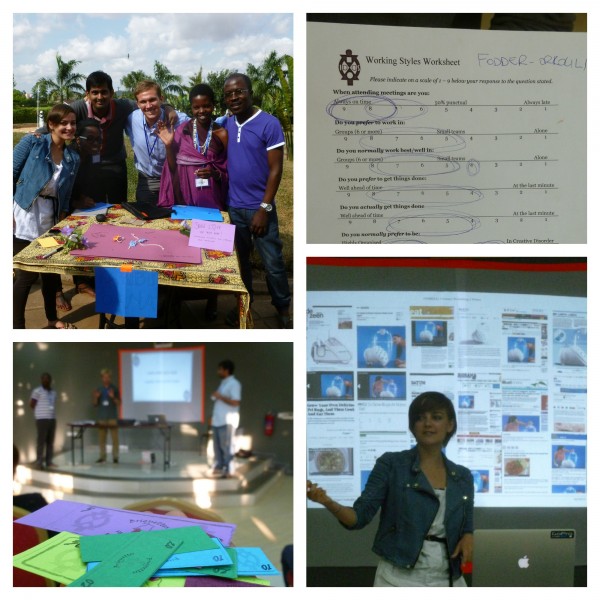Diversity at IDDS
From the moment I arrived, I felt that diversity was one of the strongest values of the International Development Design Summit and the broader International Development Innovation Network. The 50 Participants in the summit come from over 20 countries. Participants have varying degrees of academic and professional experience in disciplines such as industrial design, social work, psychology, education, engineering, and entrepreneurship. Although greater diversity often yields a greater number and range of ideas, it can be challenging to work productively and harmoniously in environments which are cross-functional, cross-cultural, and multilingual.
I can only attempt to illustrate a small slice of the diversity at IDDS by introducing my project team and our design facilitator. My team is made up of four other members. A Kenyan MBA candidate is an excellent meeting facilitator. An Austrian industrial designer has a wide range of experience in product design. An Indian electrical engineer has an excellent sense of logic and reasoning. A young Tanzanian “Masai lady” frequently provides the teams with insight into Orkilili, the Masai community where we will be working which is also her home. An enthusiastic and energetic Australian mechanical engineer will mentor my team through the design process from concept to completion.
Almost immediately after receiving my team assignment, I was struck by a particular cross-cultural collaboration exercise. Individually, I rated my own working styles on a scale of one to nine. For instance, on the scale of getting things done “ahead of time” to “at the last minute” I circled a seven. After comparing my individual responses with my other team members’, I felt empowered. For instance, my preference “to follow a structure” could be a source of debate with another team member’s preference “to be spontaneous.” The same is true of my preference “to work things out in debate” versus another team member’s preference “to avoid conflict.” Through this simple yet profound exercise, my team was able to identify specific differences in our national work cultures and personal work preferences.
Post written July 13, 2014. Pictured top left: my team during a marketplace activity where we produced IDDS bracelets (and ran out of stock) ; bottom left: briquettes, our fake currency used for the marketplace activity to purchase raw materials and later finished products ; top right : the working styles exercise to which I referred in the post ; bottom right: my Austrian team member’s awe-inspiring presentation about her past project, an appliance which breeds protein-rich black flies to alleviate the environmental effects of meet production.

